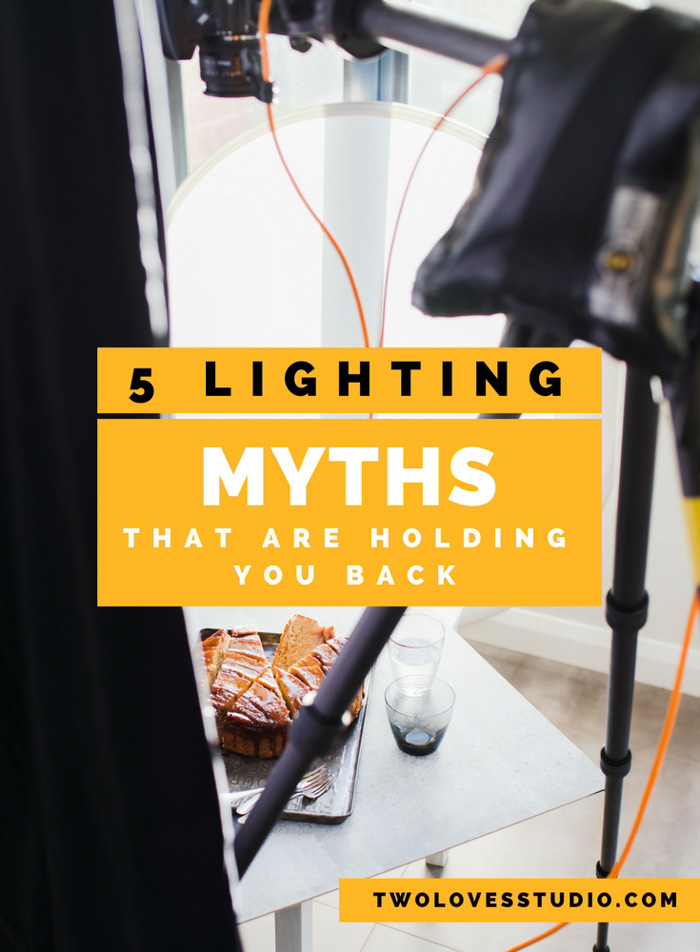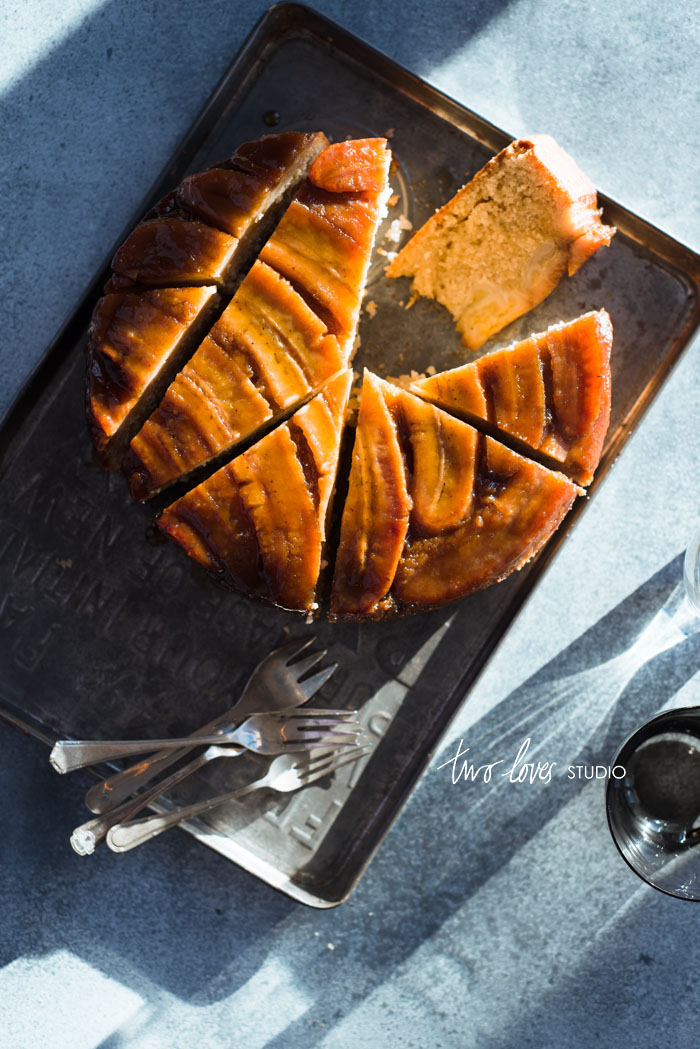The number one frustration I hear from photographers is that we struggle with lighting.
That’s really no surprise if you think about it as photography is all about painting with light.
It’s our number one focus.
Maybe you’ve said to yourself; ‘the lighting never ends up looking like it did in my mind’.
Now, I can totally put myself in your shoes.
This is a frustration I have dealt with consistently throughout my photography journey.
For many years I only ever shot with my go-to lighting and within my comfort zone.
It scared me to try something new as there was the unknown of if I would get results or not.
At least I could rely on my go-to lighting, it was proven to produce good results.

The problem is that if you get stuck there. And let me tell you, it’s unfulfilling.
Plus there is a point in our journeys that we no longer have the luxury (if you can call it that) of shooting light in our comfort zone.
There will be so many times where this ‘go-to’ lighting isn’t available.
The thing about constraints and new opportunities is that being presented with more and more new lighting challenges allowed me to troubleshoot to produce more beautiful light than I was before.
Not to mention a huge sense of achievement and creative freedom.
The key is by having a growth mindset, new challenges with lighting can lead to never before captured opportunities.
Yes, there are times when bad light stops us in our tracks, but if you approach bad lighting as a temporary situation, then amazing light is just a few manipulations away.
5 Lighting Myths That Are Holding You Back
One of the biggest things in helping us break through to the exploration side of lighting and harnessing a growth mindset is to bag up all of those limiting beliefs and lighting myths about.
Now let’s cover some lighting myths.

Lighting Myth #1: Artificial Light Will Solve All Of My Lighting Problems.
Truly understanding the dynamics of light requires some physics.
Not sexy I know, but some photographers don’t find their groove with natural light and think that they’re cursed with ‘I just don’t have good light in my house’.
The solution, artificial light.
But let me ask you, how will you create and manipulate artificial light without a solid understanding of natural light?
You’ll probably struggle just as much.
The good news is that any exploration you do with natural light, the dynamics of light, will apply to any light source.
Natural or artificial.
Ever heard the saying, you’ll always take the weather with you?
Well if you don’t tackle your natural light manipulation skills head on, those gaps will roll over into artificial light.
Artificial light is awesome. So is natural.
If you push yourself to explore the light you’ve been given, it’ll pay dividends later because you will have learned how light works and how you make it work for you.

Like these images above. One of the reasons that my artificial light looks natural is that I have explored and truly understood the dynamics of light.
Lighting Myth #2: I have to wait until the natural light is perfect for me to shoot with.
If you’ve come from other niches of photography where you’re primarily shooting outdoors then you’ll have a mindset of having to wait for the perfect light.
Like landscape photography. We all know that we should shoot around the golden hours, so we don’t bother heading out with our camera at any other time.
But with still life photography and food photography, we’re indoors.
We have more opportunities to turn imperfect light into something worth shooting.
There are so many times that I was faced with lighting that was ‘difficult’, (which is just a nice way of saying crap).
But each time I was able to turn it into something drool-worthy.
Now can you imagine if I just put the camera down and said, this isn’t perfect for me to shoot?
If I’d have done that, I would have missed creating these beautiful images.
That’s the cost of a limiting mindset of only shooting when the light feels like wants to be perfect.
I’d like to say that there is such a thing as perfect light, cause I feel that I’ve experienced it.
But it doesn’t come along often, and when it does, do I have my camera and food set up?
Hmmmm….most likely not.
You can turn imperfect into something worth shooting.
Lighting Myth #3: Natural light is bad to shoot with as it keeps changing.
Just simply not true. Natural light is what it is. It’s not all bad.
It may not be as convenient as artificial, but it’s real, it’s free. It’s the good stuff.
We tend to have the mindset that change is bad.
Natural light can change quickly for sure, but your ability to adapt to it is what produces consistent results.
In each moment, the light has the ability to be different.
In every moment we have the chance to capture something new.
Photography is all about problem-solving. See it as part of the process and you’ll reap the rewards.
I wouldn’t have been able to capture these two different looks if I didn’t embrace natural light for what it is.
Lighting Myth #4: I will in a part of the world that isn’t good for photography as it’s always cloudy.
The common incorrect idea about clouds is that they produce less light.
Many times when I am shooting for clients on location, they gasp (and often apologise) at a cloudy day.
In their minds, more light, bright, direct sun is best. Often it’s the opposite.
Clouds are just a huge softbox.
Some of the best photographers in the world live in parts of Europe where clouds are more common than sun.
Clouds for food photography is exciting.
It’ll be great light which is often more consistent than say partial sun and clouds.
If you understand the dynamics of light, those super sexy physics ideas about why light behaves the way it does then there will be no more feeling jealous over another photographer’s Instagram because they live in a different part of the world to you.
Lighting Myth #5: I need fancy equipment to manipulate natural light correctly.
With the rise of fancy behind the scenes Instagram stories, we can get trapped into thinking that in order to create beautiful images we need a lot of stuff or complex setups.
Complex setups don’t always translate to better images.
At the end of the day, the only thing that matters is creating work you’re proud of.
It doesn’t matter how you get there or the gear (or lack thereof) that you use.
Some of the best equipment to manipulate light is free-99 my friend.
There are so many things that are right at your fingertips you can use to manipulate light.
One of the best DIY reflectors I ever used was my silver windshield sun shade.
With the folds in it, it could stand up on its own. Saving money on things like this puts more money in our pockets for lenses.
Now a good lens will make a difference in our images.






Sonia
Thank you Rachel for yet another very useful post!
I just ordered my very first (humble) softbox light set so that I can start experimenting with artificial light too, also because I can only shoot on weekends and days are getting “shorter” 🙂
Your tips are going to be very helpful! 🙂
Rachel
That’s super exciting Sonia! Make sure you share some pics with us 🙂
Fanette
Hi Rachel,
Thank you for another very insightful post! After switching from products to food photography, I have learned to embrace the natural light and I love it! However, I live in an area where it is dark at 4pm in the winter and I need to keep shooting in the evening. I have tried using my strobes, but I find that the light looks very unnatural, even after several layers of diffusion. I am also at a point where I am ready to invest some money into good equipment. Can you recommend a good strobe light for food? I am also starting to shoot some videos, so if you have some recommendations for constant lights, that would be awesome too!
Thanks a lot!
Rachel
So glad you found it helpful Fanette! Totally, that’s why I feel it’s really powerful (and important) to know how natural light actually works (like that unsexy science stuff) that can then be used for artificial light. I have use Profoto strobes, B1. They’re pricey that’s for sure. In terms of continuous, I have a couple of just bulbs really with umbrellas for video. I don’t use them for my photography, however!
Fanette
Thanks, I will look into them!
Sharon @ What The Fork
I need to try your car windshield silver reflector trick! I have to really play with mine to get it to stay up and then pray it doesn’t fall on my scene!
Rachel
hehe! Yes I can imagine. My had ‘prefolds’ in it and stood up on its own well. But it was a super old one, I’m sure they’ve moved away from those designs now. Maybe cheaper ones still will!
Dragana
I lived all of those myths. And then stepped out of comfort zone. I work exclusively with natural light, on a cloudy day diffuser is not needed and on a bright sunny day I will play with shadows. Most of the time I will be blocking light to get light that I am comfortable shooting with. Thank you for the article. It is very good.
Rachel
Thanks for reading! Glad you enjoyed it.
Carla Sanchez
I enjoyed reading your blog! Thanks for explaining well the Lighting Myth #2: I have to wait until the natural light is perfect for me to shoot with. This is a wrong belief. I believed that lighting plays an important role in photography but we should learn how to get perfect shots with or without natural light.
Rachel Korinek
Hey Carla! You’re so welcome. I think the opportunity is that when we think light is imperfect, we might be missing out on something wonderful! That’s how I discovered a lot more magic. It’s worth a try right!?